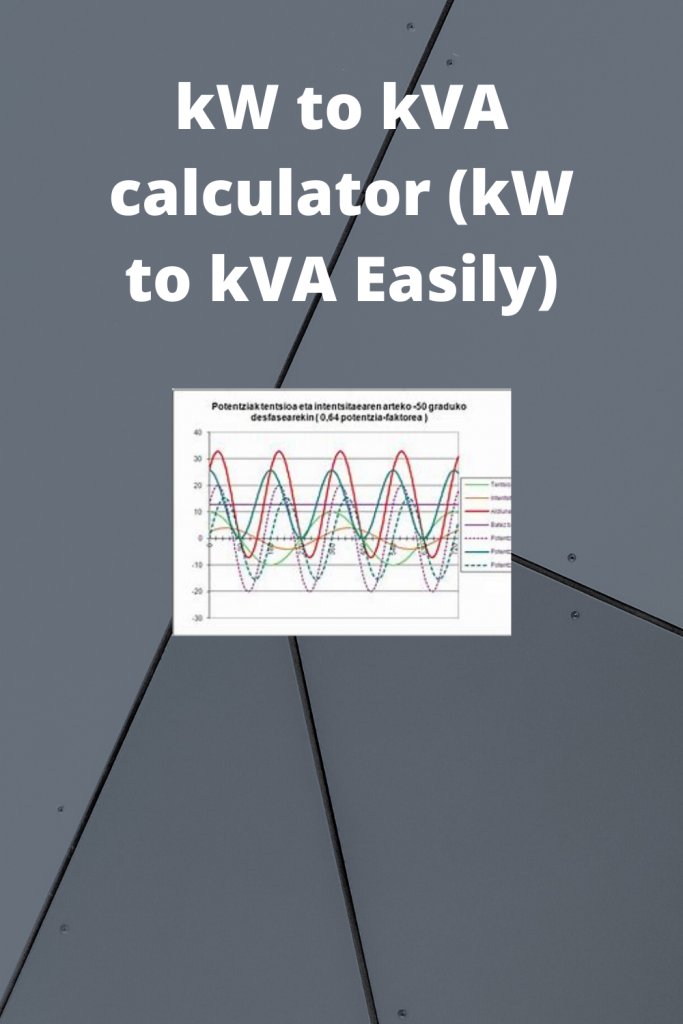kW to kVA calculator
Anyone who has ever been concerned about gas or electricity bills has, at one point, came across the kW, which is kilowatts in full.
While most usually look at the total cost, some tend to look at the meter readings just to confirm they match the ones of your meter.
While this may be all too familiar with many, kVA or otherwise known as kilo-volt-ampere, is not that widely known outside people in engineering, physics, and the diesel generator industry.
While the two can be used separately, they are usually mutually inclusive in the diesel generator industry where kW is the actual power, while kVA is the apparent power.
But while the two are related in terms of how they apply to a system, they are not synonymous. So, let’s take a look.
Kilowatts (kW)
When talking about kilowatts, the first thing to note is that the term is derived from the unit of power watts (W), which is also how electrical energy is measured.
The word kilo, on the other hand, is a metric system (same as Mega, Giga, Tera, etc.) that is used in the International Systems of Units to denote multiplication by 1000. So, a kilowatt refers to 1000 watts.
Kilo-volt-ampere (kVA)
The kilo-volt-ampere, one the other hand, is a little more complex than kW.
The term is derived from units that are both used in electricity, volts (V) and amperes (A).
Volts is the unit for voltage and is the potential difference between two points, while ampere is the unit for current and is the movement of electrically charged particles.
Consequently, kilo-volt-ampere apparent power and is the product of the volts and amps.
Formula
The relationship between kW and kVA is supposed to be equal but only in a 100% efficient system.
Since there no 100% efficient system, then the kVA is not fully utilized to give a 100% output.
It should be noted that in a standard system/circuit, due to the differences in kVA and kW, there is a ration between the apparent power (kVA) and actual power (kW).
This is known as the power factor. The power factor ranges from 0 to 1 for any given system or circuit.
Converting kW to KVA:
the apparent power x power factor = actual power
kVA x pf = kW
Therefore,
kW = kVA x pf
where,
kVA is the apparent power.
pf is the power factor.
kW is the kilowatts.
Converting kW to KVA on the other hand:
kVA x pf = kW
kVA = kW ÷ pf
Example
If a building consumes 1000 kW and has a power factor of 0.60, then the kVA will be:
kVA = kW ÷ pf
kW is 1000
pf is 0.60
kVA = 1000 ÷ 0.60
= 1666.67 kVA
On the other if the building consumes 1666.67 kVA and has a power factor of 0.60 then the kW will be:
kW = kVA x pf
= 1666.67 x 0.60
= 1000 kW

The relationship between kVA and KW is supposed to be equal in a system that runs at 100% efficiency. Still, due to the impossibility of such a system, there will always be a power factor.
This power factor forces a distinction between kW, which is regarded as the actual power and kVA, which becomes the apparent power.
